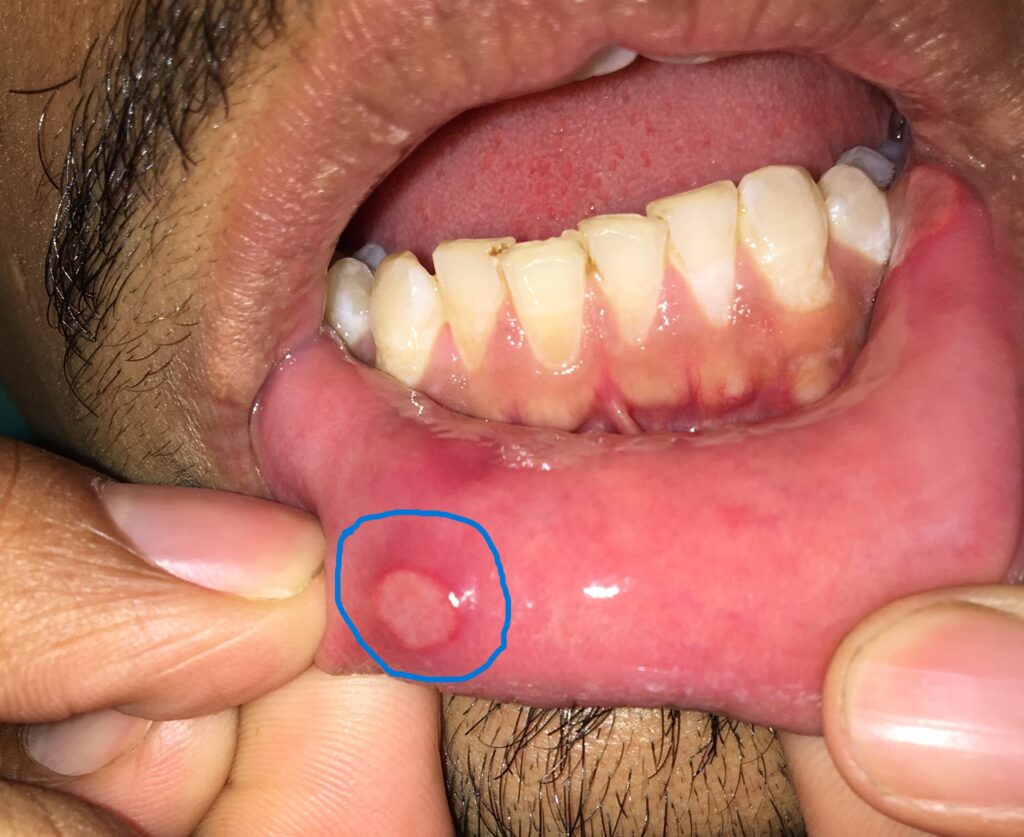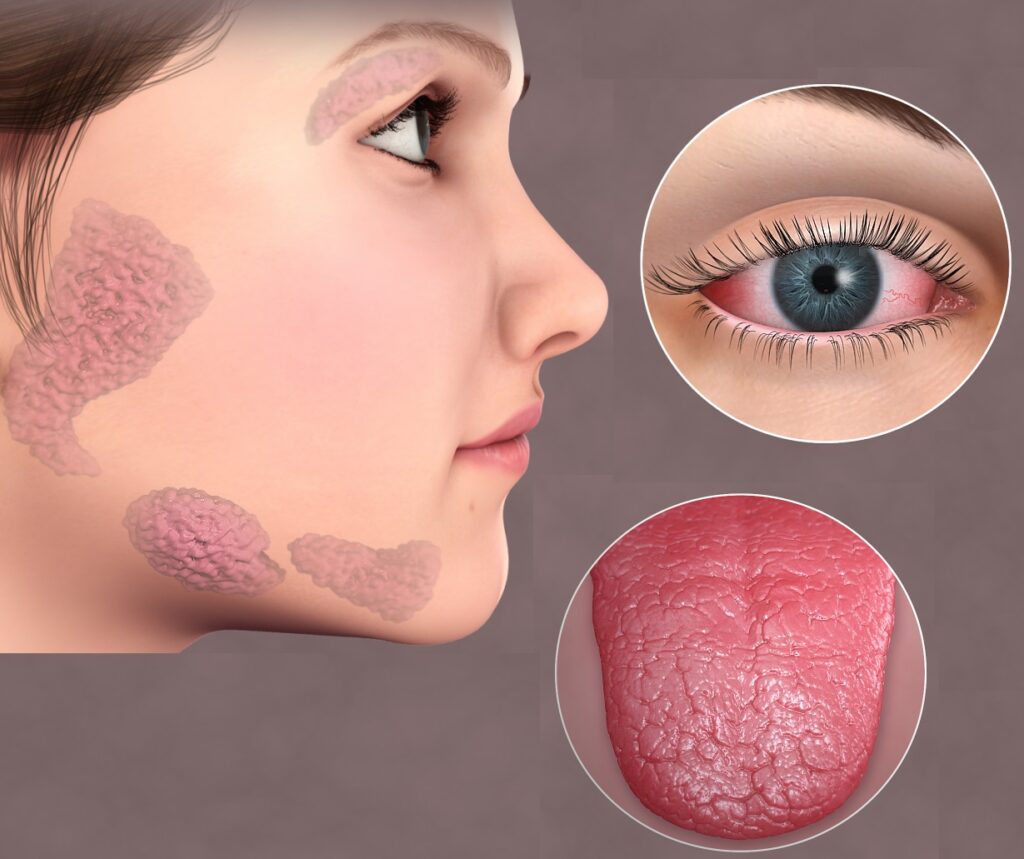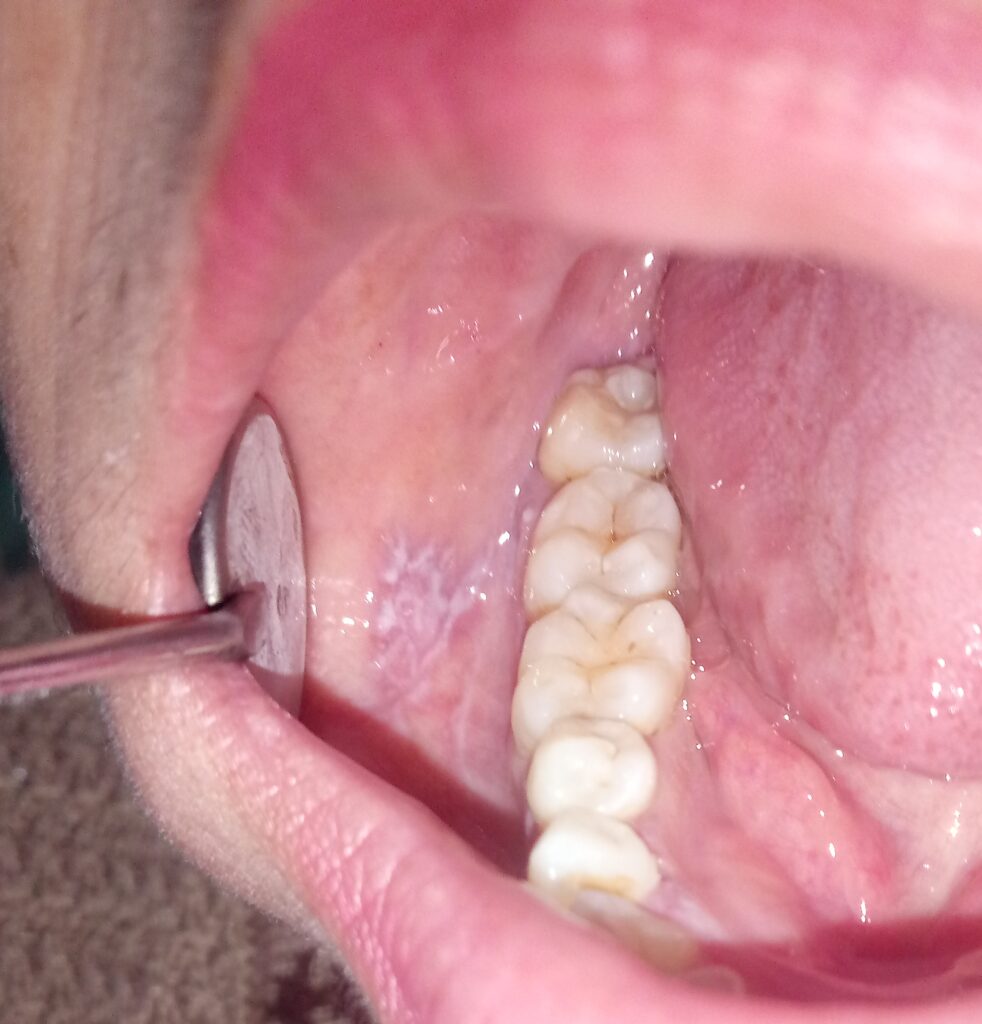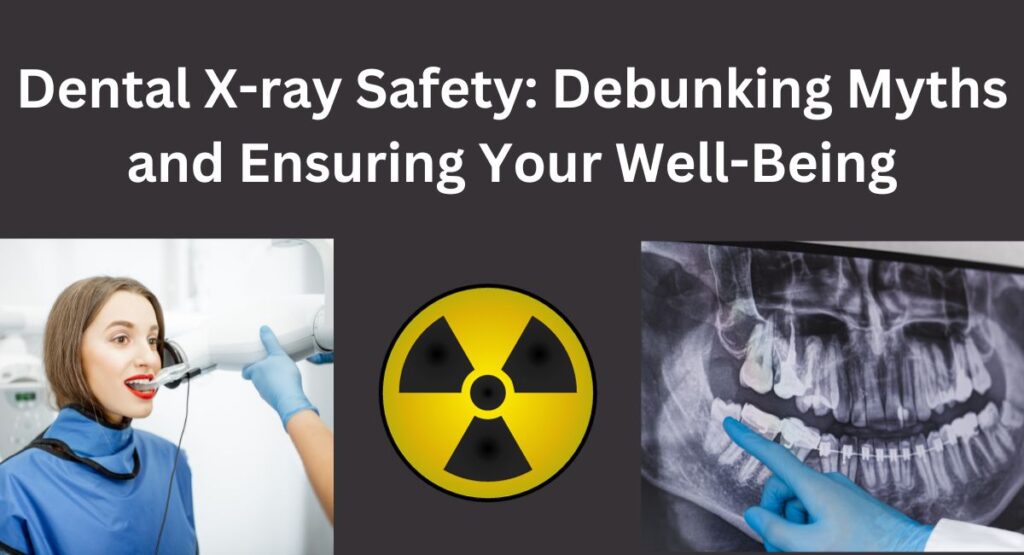
Dental X-ray Safety Debunking Myths and Ensuring Your Well-Being
Oral health is a critical aspect of our overall well-being, and the use of dental X-rays is an indispensable tool in modern dentistry. Dental X-rays, an integral and inseparable component of dentistry, are crucial for assessing oral health and overall well-being, all while ensuring dental X-ray safety. However, in some people, there is fear and myths about X-rays, not just dental X-rays. Some even don’t know that we are daily exposed to radiations. This article aims to explore dental X-rays, their doses, and their safety compared to everyday radiation exposure. By the end, we have addressed common doubts and myths regarding dental X-ray safety and exposure.
Understanding Dental X-Rays
What Are Dental X-Rays?
Dental X-rays, also known as radiographs, are diagnostic tools used by dentists. These tools utilize X-rays (radiations) to visualize areas of the mouth and teeth that are not visible during a regular oral examination. In dentistry, X-rays are employed for diagnostic purposes, not for treatment.
Types of Dental X-Rays
There are different types of dental X-rays, including periapical, bitewing, panoramic, and cephalometric X-rays, each serving specific purposes. Panoramic X-rays, for example, give an overall view of the entire mouth, while bitewing X-rays focus on detecting cavities between teeth. Periapical X-rays are used to show the roots of the teeth and the supporting jaw bone. They are particularly useful in identifying issues such as infections or abscesses, gum disease around the root of a tooth. Cephalometric X-rays, on the other hand, provide information about dental and facial skeletal alignment and their relationship with each other. CBCT, or Cone Beam Computed Tomography, is an advanced dental imaging technique just like CT scan but with very low radiation dose. It is used to visualize teeth, jaws, and facial skeletal structures in three dimensions.
Importance of X-rays in Dentistry
- Dental X-rays allow dentists to uncover not just common problems like cavities, infections, and jaw tumors, but also to spot signs of general health issues that might show up in your jaws. This includes conditions like diabetes, bone diseases, and even signs of cancer spreading to the jawbone.
- Clinical examinations alone are insufficient for diagnosing dental and jaw diseases. Blood tests and laboratory investigations provide limited assistance in detecting dental issues. X-rays are the primary diagnostic tool for identifying diseases of teeth and jaws.
- Dental X-rays play a crucial role in treatment planning and ensuring the accuracy of dental procedures. Dentists rely on X-rays to make informed decisions about various aspects of oral health, from filling a cavity to performing complex surgeries.
- Regular dental X-rays play a vital role in early disease detection, helping to prevent complications that might otherwise remain unnoticed. Detecting problems before they escalate can save not only pain, money but, in some cases, even lives.
Radiation Exposure: Dental X-Rays vs. Day-to-Day
Understanding Radiation in Our Daily Lives
Radiation is all around us, and it has played a role in the evolution of life on Earth. We are constantly exposed to radiation from both natural and human-made sources, whether we’re indoors or outdoors. This exposure can be divided into two main categories: natural and artificial radiation.
Background Radiation: Natural vs. Artificial
Background radiation is the radiation we are exposed to daily from natural and artificial sources. Natural sources include cosmic rays and radioactive materials in the earth, while artificial sources include medical procedures like X-rays.
Natural Radiation: A Part of Our Environment
Natural radiation comes from sources that have been around since the beginning of time. There are two primary types of natural radiation: cosmic radiation and terrestrial radiation.
- Cosmic Radiation: This radiation originates from stars and the sun. Interestingly, the level of exposure depends on our altitude. The higher up we are, the more cosmic radiation we encounter.
- Terrestrial Radiation: This radiation is emitted from radioactive materials found in the Earth and in the air around us. These materials exist in the Earth’s crust, in the floors and walls of our homes, in the food we eat, the water we drink, and the air we breathe. The amount of terrestrial radiation we are exposed to depends on the quantity of radioactive materials present in the soil and air of a particular area.
Artificial Radiation: Man-Made Sources
Artificial radiation, as the name suggests, comes from human-made sources. These sources include:
- Medical Radiations: Such as X-rays used in diagnostic radiography, dental radiography, cancer radiotherapy, and nuclear medicine.
- Everyday Items: Like luminous wristwatches and televisions.
- Fallout from Atomic Weapons: Nuclear weapon tests and their consequences.
- Nuclear Fuel Cycle: The process of producing nuclear fuel for power generation.
Interestingly, approximately 99.5% of our artificial radiation exposure comes from medical procedures. Each day, our exposure to natural radiation amounts to approximately 8 micro-Sieverts (µSv). In the United States, the average person receives a yearly radiation dose of about 2.5 to 3 mSv-millisieverts [2500 µSv to 3000 µSv] from natural radiations. It’s fascinating to note that this annual natural radiation exposure is almost equal to the exposure we receive from artificial sources. In essence, the radiation we get from nature in one year is roughly on par with what we receive from man-made sources.
Understanding Radiation in Dental X-Rays
When it comes to dental X-rays, the radiation exposure is quite minimal. Let’s break it down:
- Single Dental Radiograph: The exposure from a single dental X-ray typically ranges from 0.2 to 1.2 micro-Sieverts (µSv). This is less than what you’d get from just half a day of natural radiation exposure.
- Panoramic (Full Mouth X-ray) Radiography: The radiation dose in a panoramic X-ray, which provides a comprehensive view of your mouth, is roughly equivalent to 1 to 4 days of natural radiation exposure, or 8 to 32 µSv.
- Safety Measures Matter: It’s crucial that medical radiations, including dental X-rays, are performed with all the necessary precautions and protective measures. These precautions help further reduce your exposure to radiation.
- Digital Dental X-Rays: Newer technologies like digital dental X-rays are not only speedy but also result in significantly less radiation exposure compared to traditional X-rays.
However, it’s important to note that dental X-rays should only be performed when your doctor advises it. Your health care provider will recommend X-rays when they are necessary for your oral health and diagnosis.
Dental X-Rays vs. Background Radiation
When it comes to risks, the radiation from dental radiography is significantly lower than what you’re exposed to during everyday activities in modern life. When comparing dental X-rays to background radiation, the former typically contributes to a very small fraction of our total annual radiation exposure. The benefits of early disease detection through dental X-rays far outweigh the minimal risks. In fact, dental X-rays are much safer than a common flight from Los Angeles to New York. Please refer to the image titled ‘Comparative Radiation Exposure,’ which illustrates the comparison of dental radiation exposure with other sources of radiation in our daily lives.
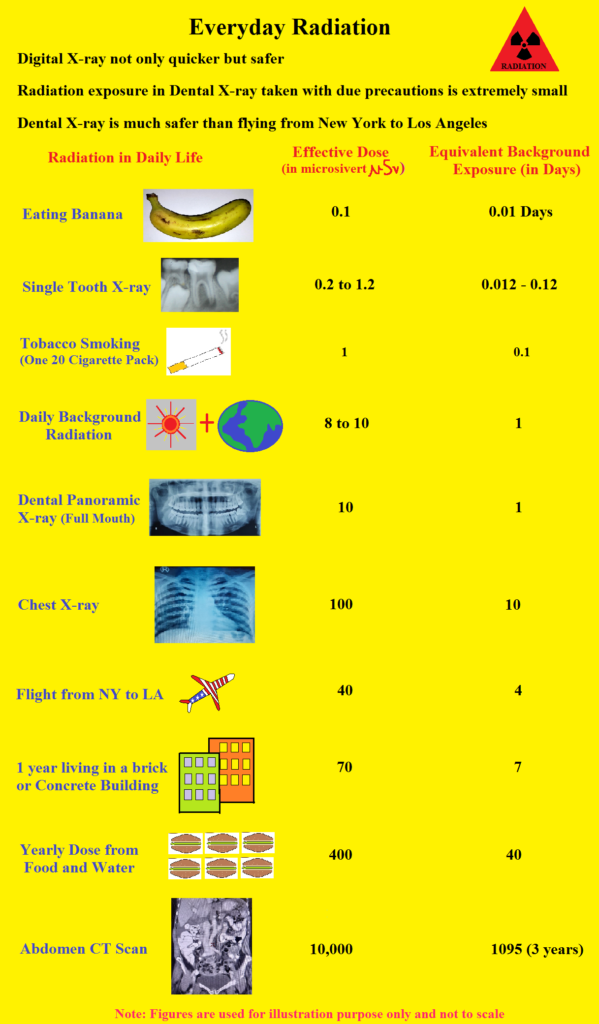
Comparative Radiation Exposure
Dental X-ray Safety Measures
Radiation Doses and Safety
Regulatory guidelines ensure that dental X-rays are safe. The radiation doses are kept as low as reasonably achievable (ALARA). Modern X-ray machines are calibrated to minimize exposure, emphasizing patient well-being.
Shielding and Protection
Patients receive lead aprons and protective shields to limit radiation exposure to areas outside the oral region. This ensures that vital organs and tissues remain shielded during the X-ray procedure.
Regulatory Guidelines
Health authorities establish strict regulations for dental X-rays, which dentists follow diligently. These guidelines maintain the balance between diagnostic effectiveness and radiation safety.
Debunking Myths About Dental X-Ray Safety
Myth 1: Dental X-Rays Are Harmful
Contrary to popular belief, dental X-rays are not harmful when performed correctly. They use minimal radiation, and the benefits of early disease detection significantly outweigh the risks.
Myth 2: Frequent X-Rays Lead to Health Risks
Frequent dental X-rays are only recommended when necessary. The radiation exposure is so minimal that it does not pose significant health risks even for regular dental check-ups.
Myth 3: Alternatives Are Better
While some alternatives like intraoral cameras exist, dental X-rays remain unparalleled in their ability to detect underlying oral health issues. They are a fundamental part of modern dentistry.
Conclusion
In conclusion, dental X-rays are essential tools in modern dentistry. They provide valuable insights into oral health, and their radiation exposure is minimal and well within safety guidelines. It’s crucial to understand that the benefits of early disease detection through dental X-rays far outweigh any potential risks.
Frequently Asked Questions (FAQs)
Is it safe to undergo dental X-rays during pregnancy?
Yes, it is generally safe, especially with appropriate shielding. However, dentists may avoid X-rays during the first trimester unless it is an emergency.
Are dental X-rays painful?
No, dental X-rays are painless. The procedure involves minimal discomfort, typically only the insertion of the X-ray film/sensor into the mouth.
How often should one get dental X-rays?
The frequency of dental X-rays depends on individual oral health needs. For most adults, every 1-2 years is sufficient, while children or those with specific oral health concerns may require them more frequently.
Can dental X-rays detect oral cancers?
Yes, dental X-rays can aid in the early detection of not only oral cancers but also cancers elsewhere in the body, such as blood cancer or any other cancer has spread to the jaw bones. Early detection is crucial in preventing the need for aggressive treatments, reducing morbidity, and saving lives.
Are children more sensitive to dental X-rays?
Children are not more sensitive to dental X-rays, and the doses are adjusted to their size to ensure safety. Dental X-rays are essential for monitoring children’s oral development.


